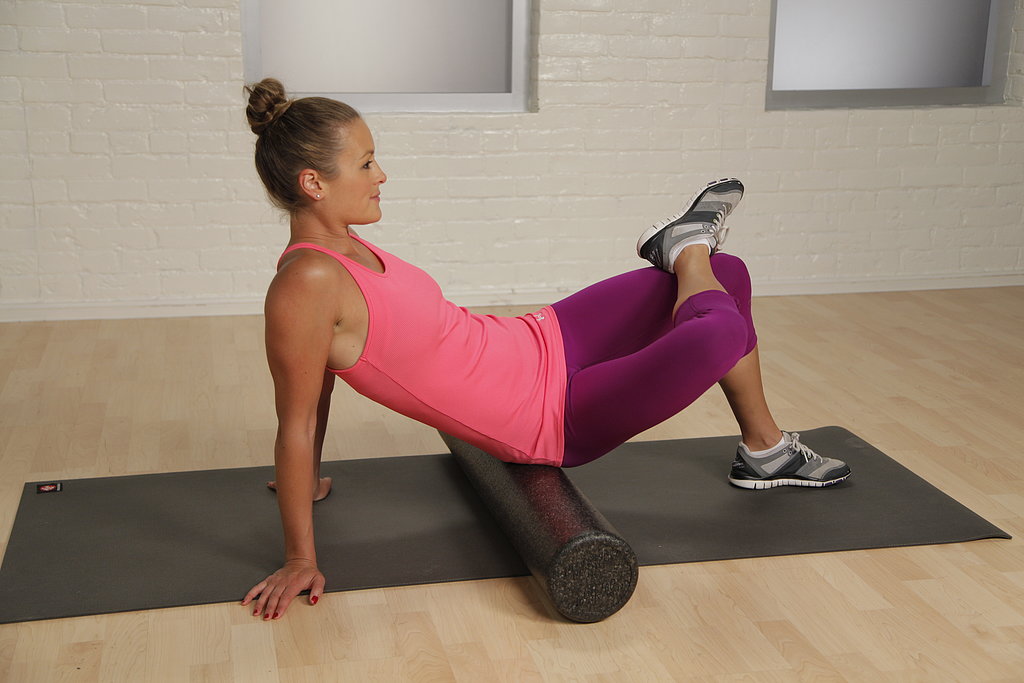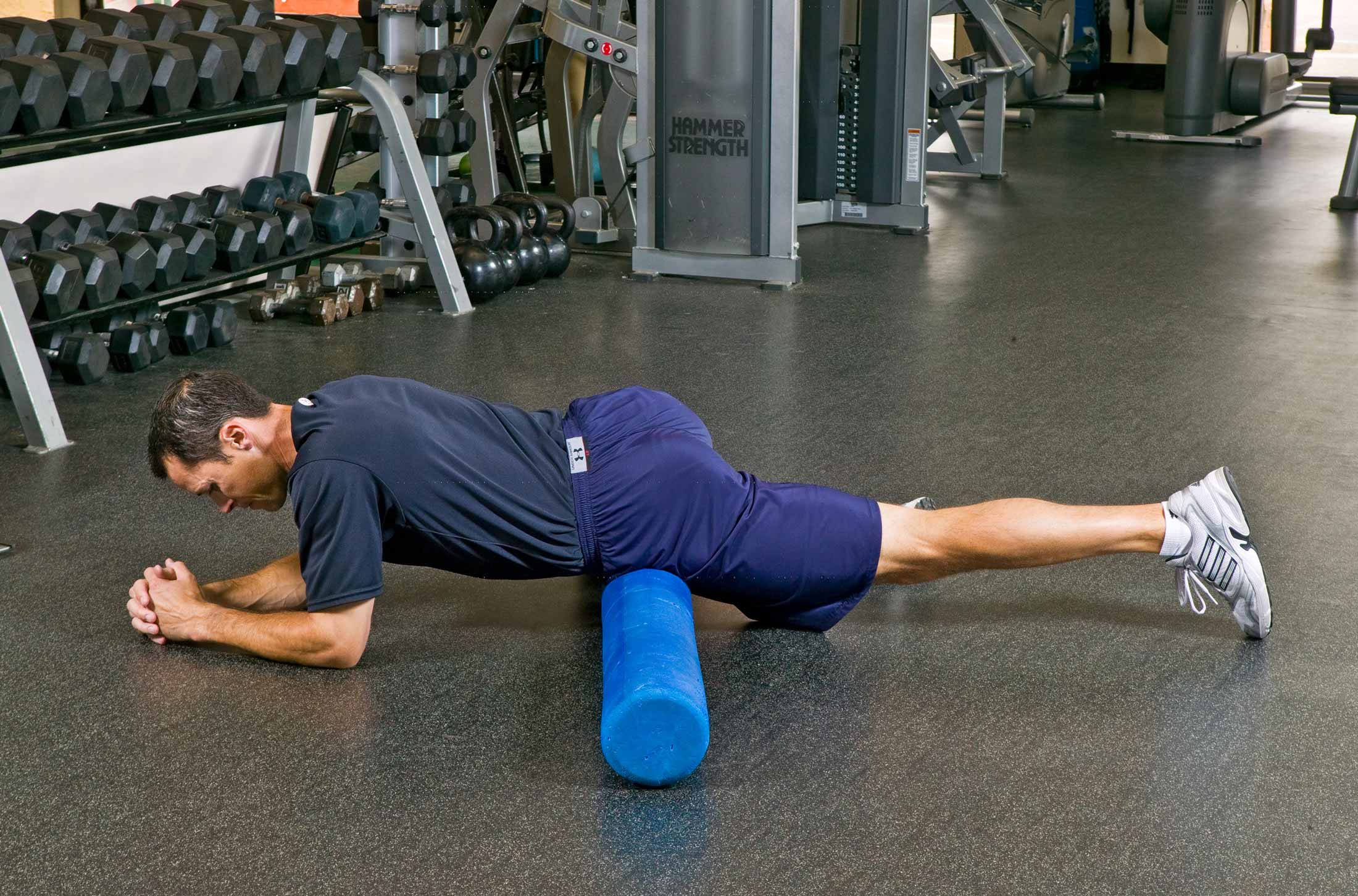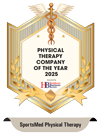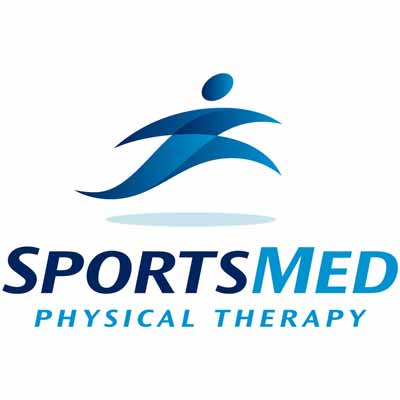This is the second part of the Road to Recovery – Back Pain series, focusing on back pain treatment. If you missed the first part click here before continuing:
THE ROAD TO RECOVERY SERIES: BACK PAIN REHABILITATION (PART 1)
It is important to understand Hip Flexion and Extension in order to help treat and prevent back pain.
If you have consistent back pain, request an appointment. While the following is meant to help deal with the pain, you may have more serious issues which require more specific treatment.
In need of Back Pain Rehabilitation? Schedule an Appointment Today!
If you have any questions, or want a consultation with a professional, feel free to call, or schedule an appointment online at any of our Bergen County or Passaic County offices in New Jersey. Choose from Glen Rock, Franklin Lakes, Fair Lawn, Ho-ho-kus/Ridgewood, and/or Clifton – we make it possible for you to visit any of our offices at your convenience.
As a quick recap from part 1, if you sit a lot chances are your glutes are inactive and your hip flexors(quads are tight).
Even if you do not sit too much during the day, the following may still help you improve your habits and posture.
4 Tips For Back Pain Treatment
In general, releasing tight muscles (in the case hip flexors), and learning to activate inactive muscles(glutes) is a good place to start.
Here are a few tips to get started.
1 – Learn to use a foam roller
Foam rollers help decrease tension in muscles, and they work wonders! You can foam roll before, during, or after exercise. If you are in pain, the best bet is to foam roll multiple times each day until you feel relief. You can then cut back to once per day, then a few times per week.
Be aware that foam rolling is not meant to be comfortable.
Foam rollers come in different firmness levels. When starting off it may be a good idea to use a less firm roller.
There are many different areas you can roll but here are the general steps:
- Place the roller around the intended area.
- Do broad strokes and move the roller along the muscle. You can use your hands and feet to roll your body smoothly over the foam roller.
- Pinpoint certain trigger points – they will be the most tender spots on the muscle.
- Find one you can tolerate and keep pressure on that spot for 30-40 seconds. Remember to breathe!
- You will feel the pain/discomfort dissipate.
- Once gone, mostly gone, or the 30-40 seconds is up, move on to the next trigger point.
- Repeat for allotted time.
It is important to note a few things for back pain treatment and prevention. Rolling for 30-40 seconds is crucial for your body to get adjusted to the pain. This will make sure signals get to the brain to tell the muscle to relax.
Second, make sure to breathe from your stomach – diaphragmatic breathing. This will help ease tension in the body and allow for the release of the muscles. The importance of this cannot be stressed enough – this is also how you know if the firmness of the roller is too much. If you have to create tension in the body to stay on a spot then go down a level of firmness.
Did you ever get a shot and before the needle went in you clenched that area? The muscle tenses because you did and it made the process that much more painful. You need to relax, do not try to fight the foam roller.
Lastly, be patient. It’s not a race, and by taking your time you will realize how you improve over each rolling session.
Good areas to focus on include – Piriformis and quads.
Piriformis(Butt)

- Sit on top of the roller and keep your hand behind you.
- Stretch out on leg and cross the other over it.
- Bend the bottom leg so your foot is flat on the ground.
- Lean into that side.
- Roll up and down the glute and pause on tender spots.
- One hand will be behind you providing support while the other is on your knee.
Hip Flexors/Quads
- Kneel and place the foam roller in front of your knee.

- Lean forward so that the roller is pinned between your quad and the floor.
- Your elbows will also be on the floor and it will look like you are doing a low plank.
- With the roller on your quad, roll up and down your leg, pausing on tender spots.
- You can do both legs together (easier) or one leg at a time(harder).
- You can rotate the body and hit the muscles on the sides of the leg as well.
2 – Learn to fire your glutes. Hire a trainer to help you target this area in the proper way.
3 – Move more. If constant hip flexion is the main culprit, spend more time standing and moving around.
4 – Learn to lift properly.
Exercising is great for the health of your joints and muscles, but to fully benefit from them, you have to make sure the movement is correct for back pain prevention.
Do you have chronic back pain and need help beyond these tips? Schedule your appointment today!
Do you, or someone you know need back pain rehabilitation? We can help you get on the Road to Recovery with a simple consultation.





